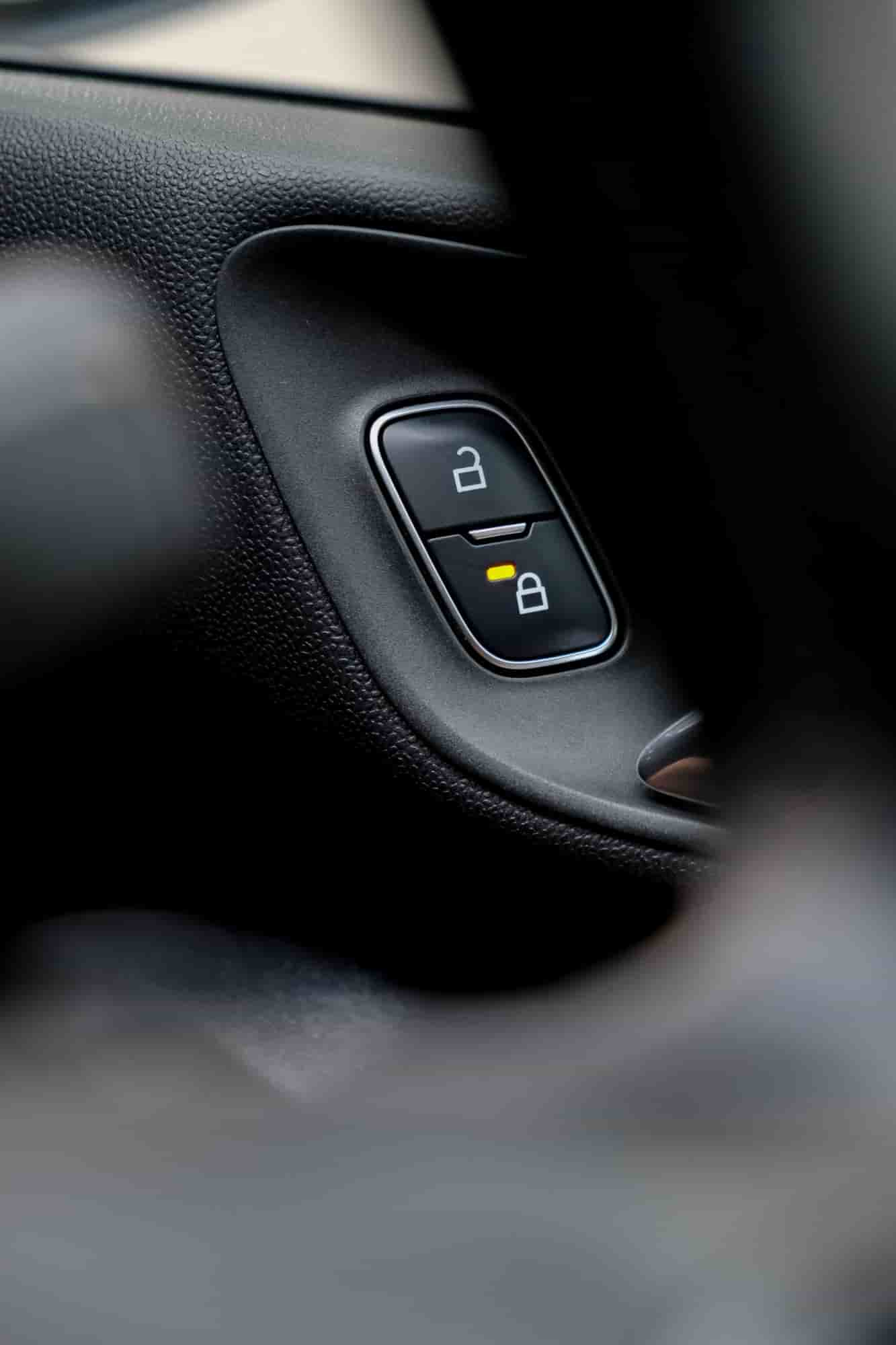Mobile AR Strategies & Business Models
AR’s early stages are defined by lots of experimentation to see what works natively in this new medium. That goes for product design as well as business models. What do consumers want and how much are they willing to pay for it? These questions continue to be a moving target.
Questions are also being answered by AR pioneers like Snap and Niantic, who are operating at scale. And by “scale” we mean occasionally Superbowl-sized audiences, and revenue to go with it. But the key word is occasional, as these AR exemplars are the exception rather than the rule.
But there are still valuable lessons to gain from these leading indicators. Though the AR sector will twist around and take shape over the next few years (as historically seen in tech), there are early lessons to learn in what product and business models are working so far.
Some of these signals are already evident in ARtillery Intelligence’s consumer survey with Thrive Analytics. There, we see lots of explicit sentiments from consumers about how they’re using AR, how that’s changing (over three waves of existing research) and what they want to see next.
Takeaways from that survey include the continued popularity of AR gaming (Pokémon Go) and social experiences (AR lenses). But there’s also growing interest in emerging forms of AR such as visual search (Google Lens), navigation (Google Live View) and in-store retail commerce.
But what are the business models that are developing around this evolving consumer behavior? Though varied, we’ve begun to segment these models into three main categories (and several sub-categories). They include AR advertising, in-app purchases and AR-as-a-service.
The first two are fairly well known, though they’re developing in nuanced ways examined in this report. But the third category is a less-discussed revenue category where brands, retailers and app developers pay for tools to build AR experiences for their customers.
This carves out a new category we’re calling B2B2C, which includes software such as Unity, Amazon Sumerian, Adobe Aero and other tools to create AR experiences. Though enterprises are buying and deploying the technology, the AR experiences end up in consumers’ hands.
Adding up all three categories mentioned above and examined in this report, it’s a $1.44 billion market, growing to $20.3 billion by 2023. The common thread is AR technologies where the end users are consumers on mobile devices as opposed to industrial enterprises and/or headworn AR experiences.
The following pages examine each of these revenue categories and how they’re evolving. What are their business models, best practices and strategic takeaways? The goal, as always with ARtillery Intelligence Briefings, is to empower you with a knowledge position.



